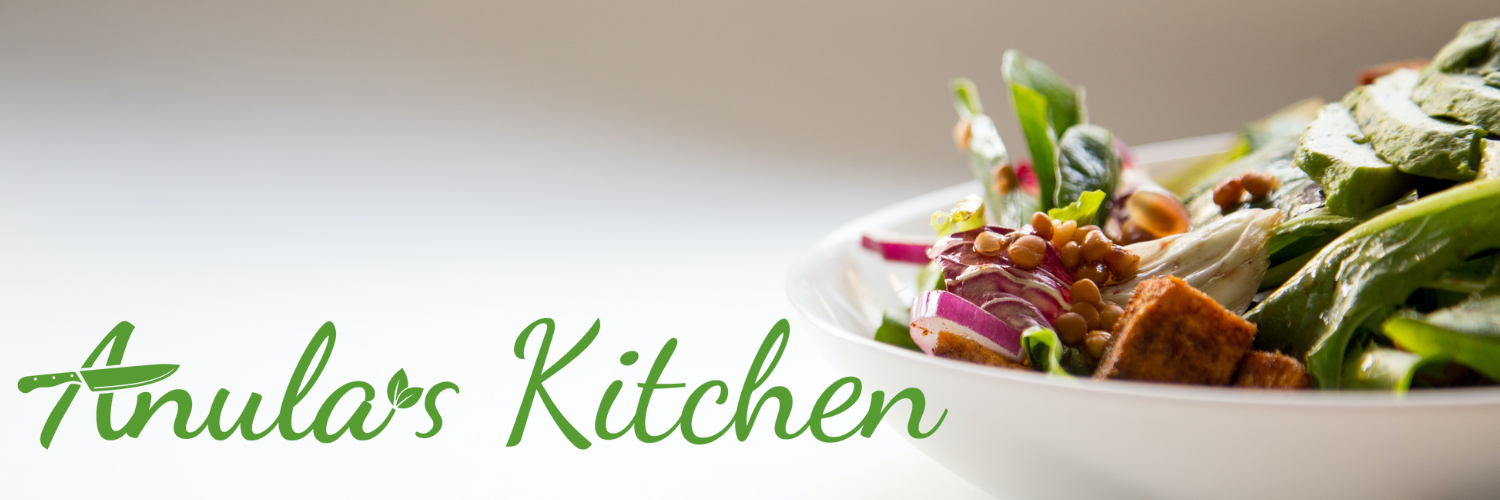I think, by now, everyone at least heard about Kimchi. How beneficial it is for us, and how it can take our condiments/food game to the next level. I must admit, that I wasn't a huge fan of it at the beginning, but with some time and careful "food pairings", I've changed my mind (or rather, my taste buds got used to that very particular taste).
Warning - yes, it does "smell" while it ferments, but it's only a sign that it IS working, and working well. Take a jar (glass container rather than anything else, as the smell will stay on the plastic kitchen ware forever), way bigger than you think you might need, it will "bubble", the pressure will accumulate, so you want some space for all of it all to be able to ferment freely.
Kimchi is made by lacto-fermentation, the very same process that makes sauerkraut and dill pickles. In the first stage, the cabbage is soaked in a salty brine, which in result kills off harmful bacteria. After that stage, the remaining Lactobacillus bacteria (which are the ones that are good for us!) convert sugars into lactic acid, which in result preserves the vegetables and gives them that distinct, tangy flavor (and "aroma").
How to make it...
Ingredients:
- 1 medium head napa cabbage
- 1/4 cup sea salt or kosher salt - water, preferably distilled or filtered
- 1 tablespoon grated garlic
- 1 teaspoon grated fresh ginger
- 1 teaspoon granulated sugar
- 2 tablepoons water ( as it's a vegan option)
- 1 to 5 tablespoons Korean red pepper flakes (I used smoked paprika & Sichuan pepper)
- 250 g Korean radish or daikon radish, peeled and cut into matchsticks
- 4 medium scallions, trimmed and cut into 1 cm pieces
Method:
- Cut the cabbage lengthwise, through the stem into quarters. Cut each quarter crosswise into 2 cm strips.
- Place in a large bowl and sprinkle with salt. Massage the salt into the cabbage until it starts to soften.
- Add enough water to cover the cabbage.
- Let stand for 2 hours.
- Rinse the cabbage under cold water 3 times and set it aside to drain in a colander for 20 minutes.
- Make the spice paste.
- Rinse and dry the bowl you used for salting the cabbage.
- Place in the bowl garlic, ginger, sugar, water. Stir in the gochugaru, using 1 tablespoon for mild and up to 5 tablespoons for spicy kimchi.
- Squeeze any remaining water from the cabbage and add it to the spice paste.
- Add the radish and scallions.
- Using your hands, gently work the paste into the vegetables until they are thoroughly coated.
- Pack the kimchi into a 1-quart jar.
- Press down on the kimchi until the brine rises to cover the vegetables, leaving at least 1 cm space from the top.
- Place a bowl or plate under the jar to help catch any overflow (which will happen!).
- Let the jar stand at cool room temperature, out of direct sunlight, for 1 to 5 days.
- You may see bubbles inside the jar and brine may seep out underneath the lid.
- Check the kimchi once a day, pressing down on the vegetables to keep them submerged.
- Taste daily, when the kimchi is "ripe" enough for you, you can transfer it into another jar and from now on keep it in the fridge (to stop or at least significantly slow down any further fermentation).
Smacznego!
You may also like:
Have you made any of my recipes? Tag @anulaskitchen on Instagram and hashtag it #anulaskitchen





Comments
Post a Comment
Thank you for taking your time and leaving a comment.
Pozdrawiam, Anula.